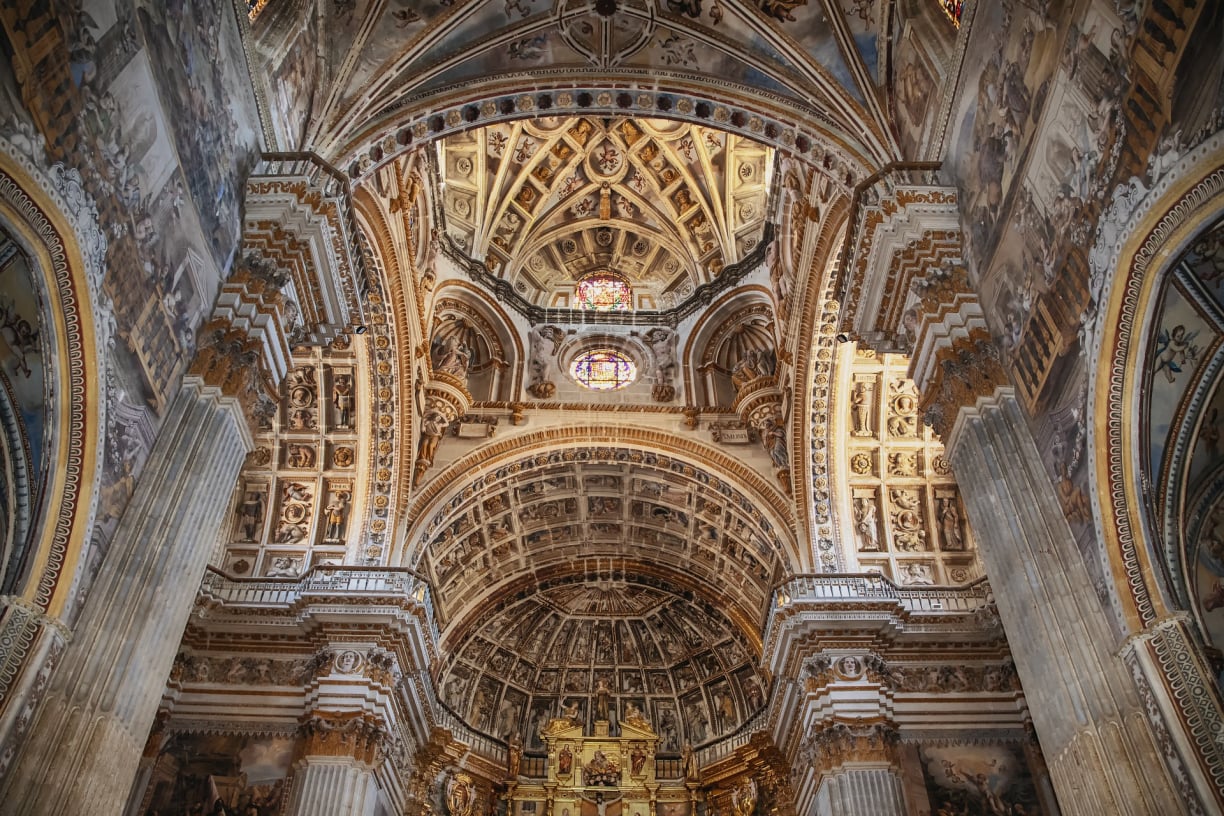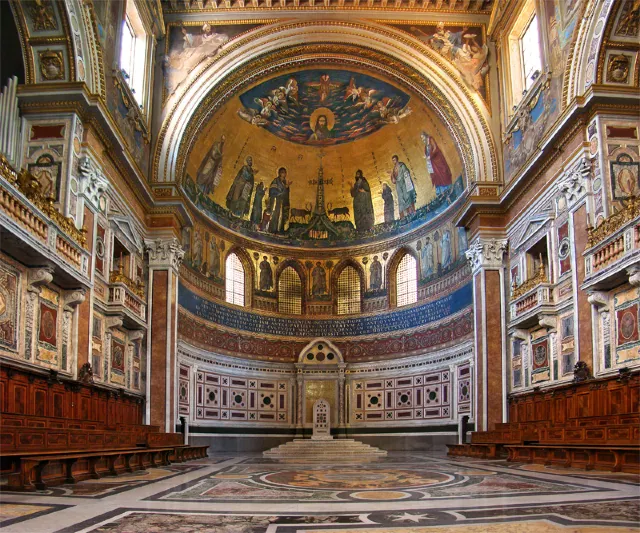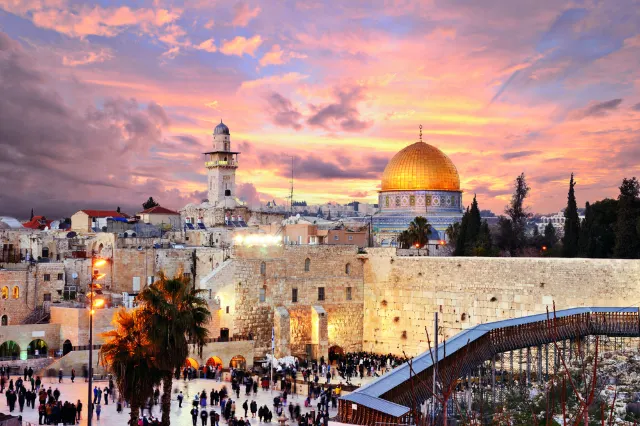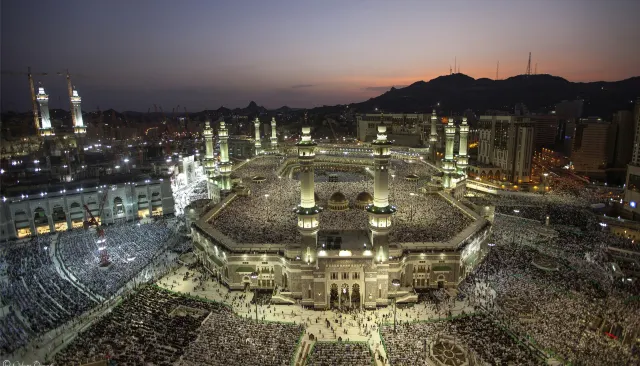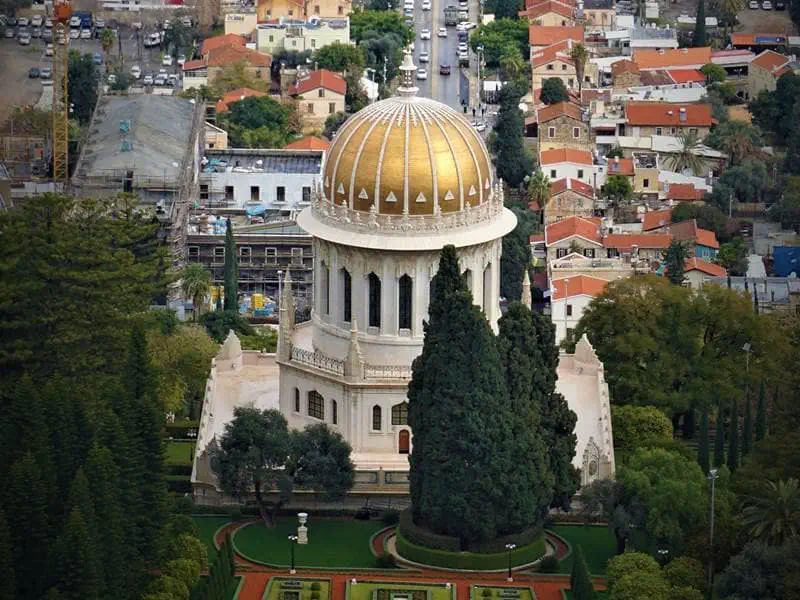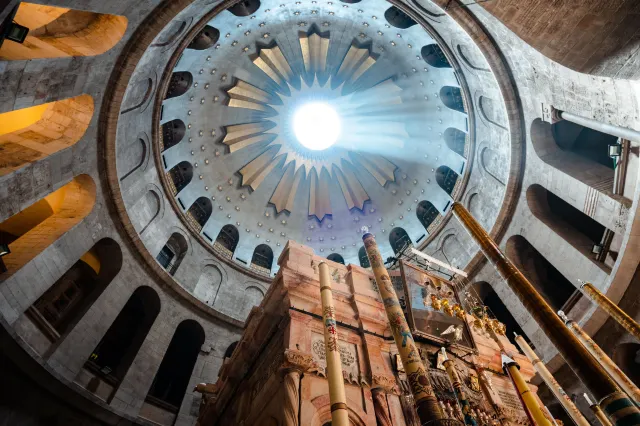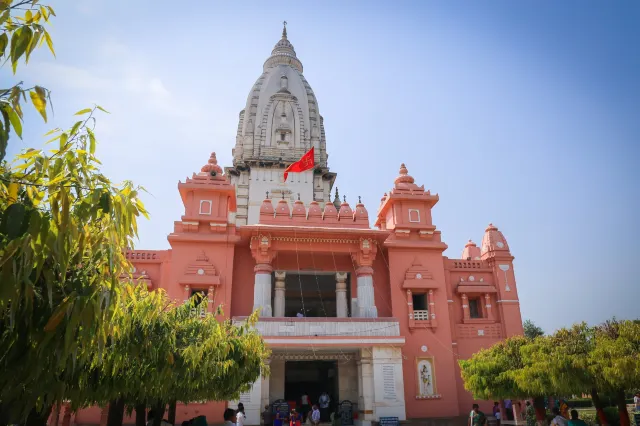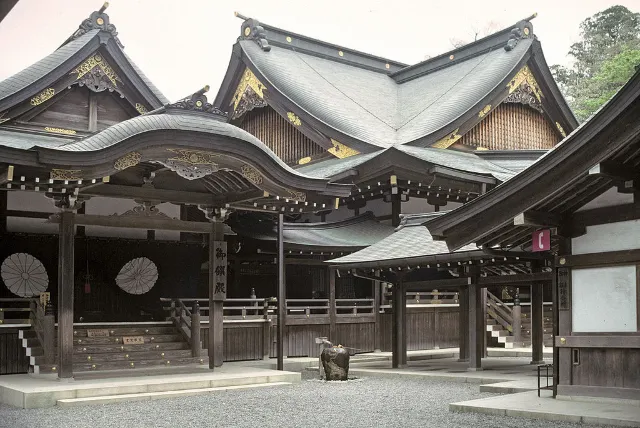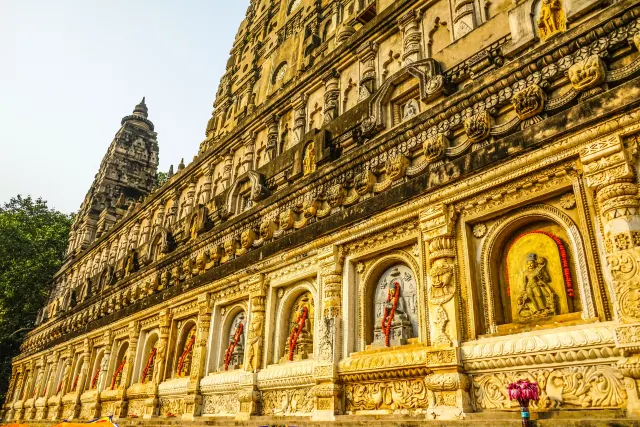Religion has long played a central role in human experience. Organized religion has existed in one form or another since the dawn of civilization. Whatever one may think about the specific claims made by a particular faith, it is impossible to dispute the importance of religion.
Today, billions of people organize their lives around religious teachings and hold sacred various sites around the world. We have put together this list of the world's most important religious sites. While necessarily incomplete, these places are intangible cultural treasures. These are the nine most important religious sites in the world.
